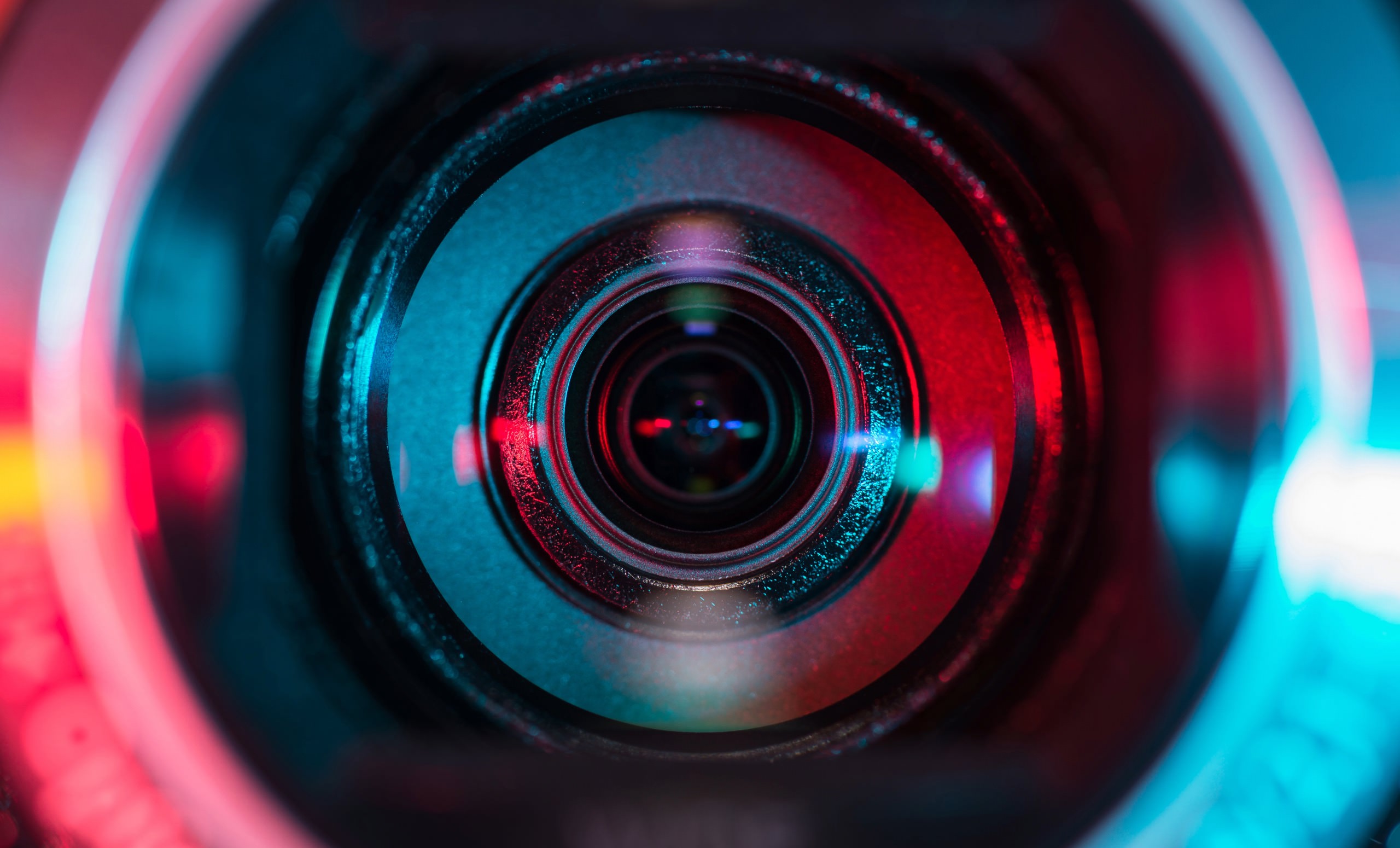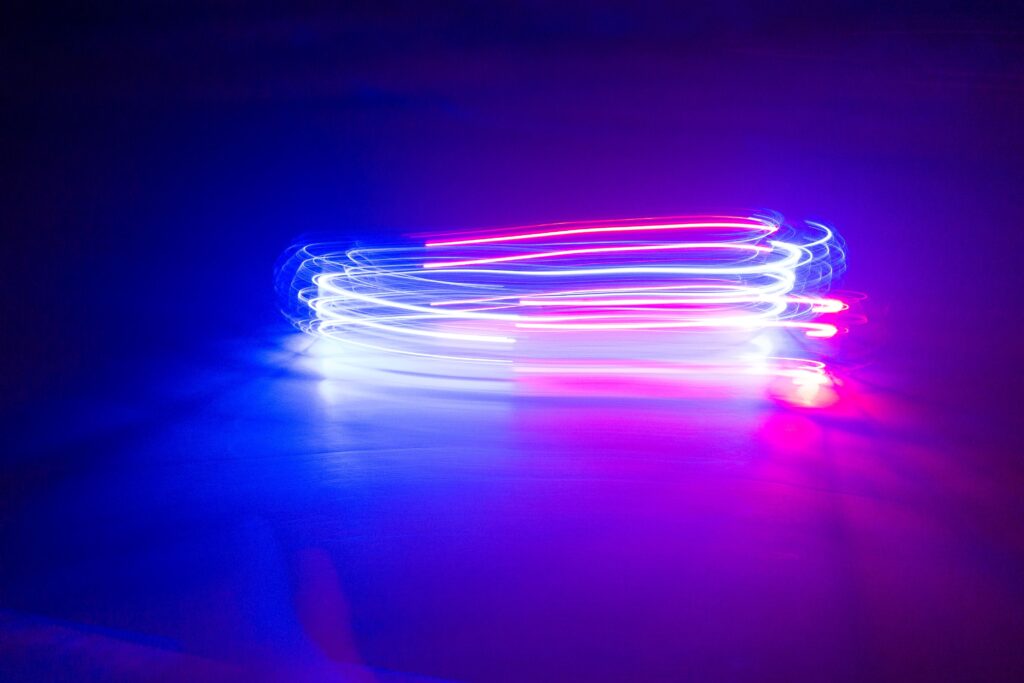Exposure 101: An Introduction to Aperture, Shutter Speed, and ISO in Photography
Imagine the camera sensor as your eyes. When it's exposed to light for the right amount of time, you get a perfectly lit photo. But, if it gets too little light (underexposed), the picture looks dark and gloomy. Too much light (overexposed) makes it bright and washed out. Just like Goldilocks and the porridge, we want it just right.










